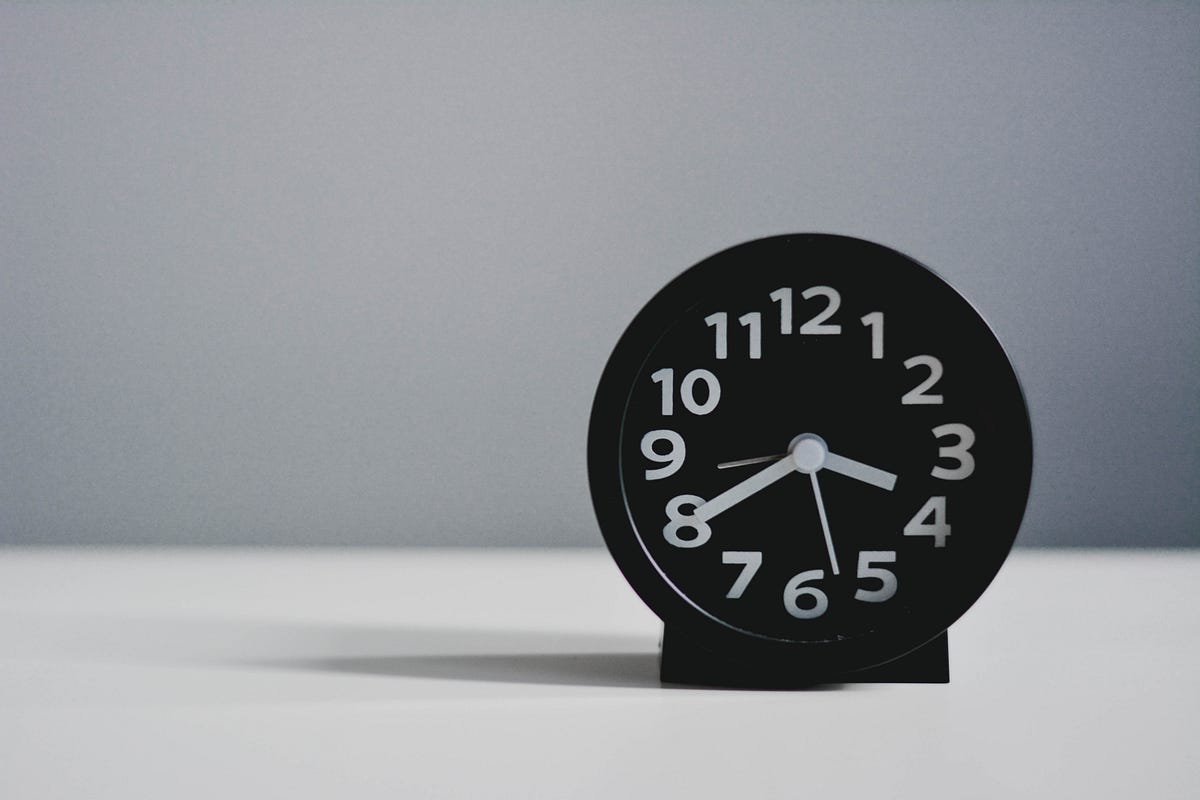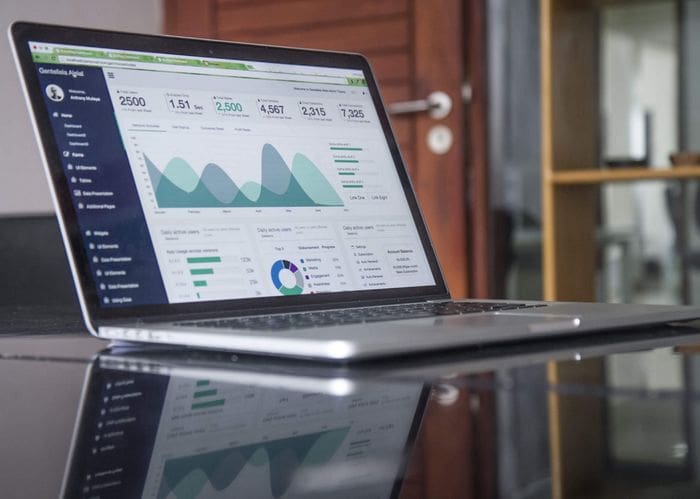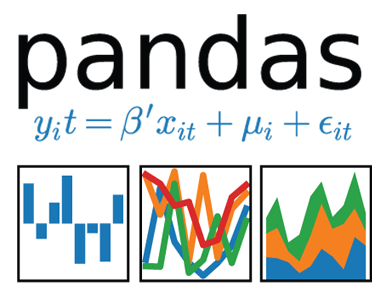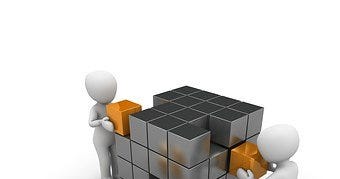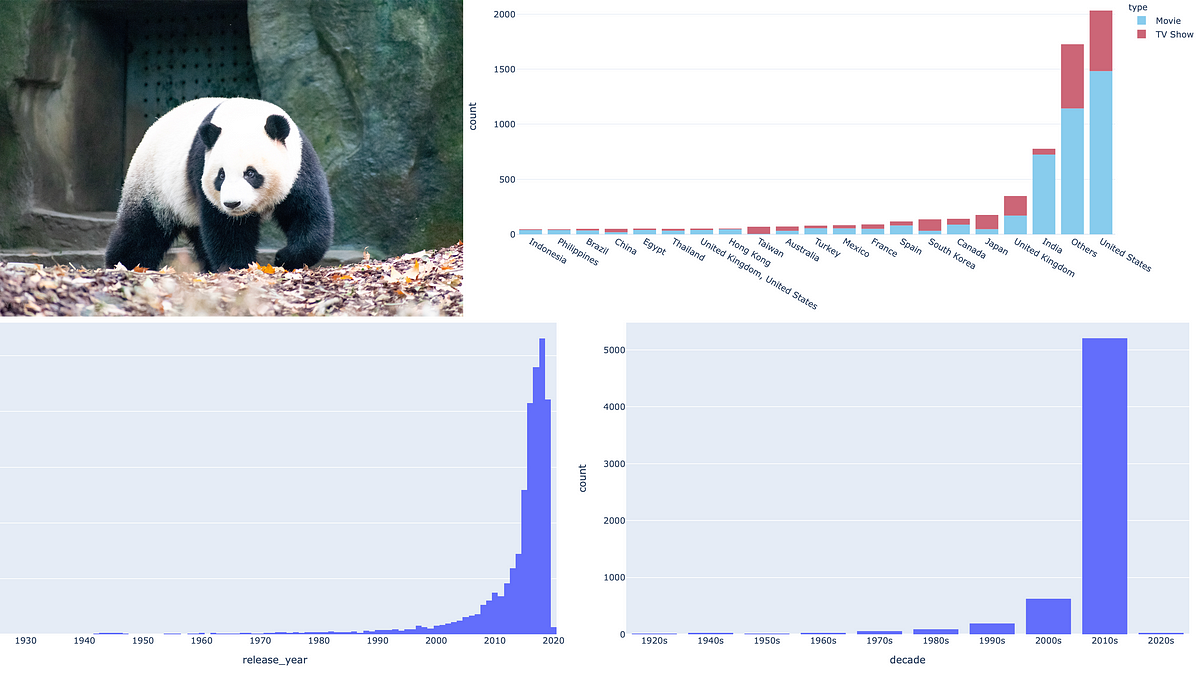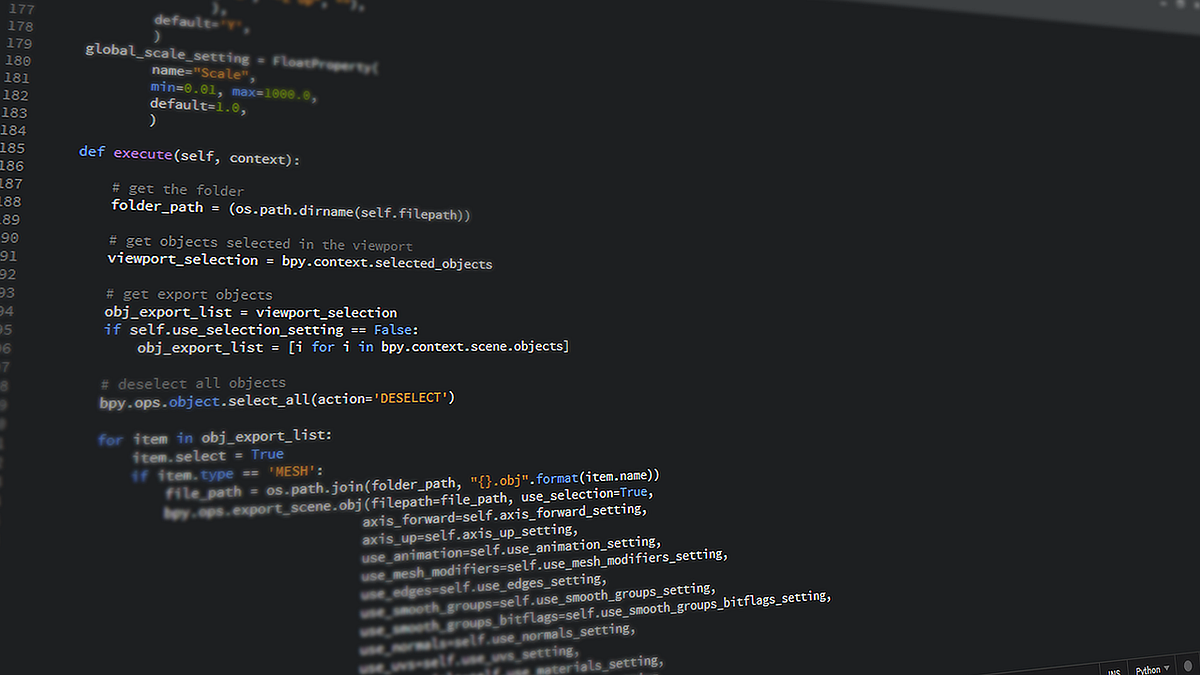python/pandas
In this article, we'll explore when and why you might want to use openpyxl directly, and understand its relationship with pandas.
3 Python libraries for scientific computation you should know as a data professional.
Learn how to manipulate and visualize vector data with Python’s GeoPandas
Demonstrating how to use the new blazing fast DataFrame library for interacting with tabular data
Pandas receives over 3M downloads per day. But 99% of its users are not using it to its full potential.
Simple tips to optimize the memory utilization in Pandas
I’ve been using Pocket for many years to collate all the articles, blog posts, recipes, etcI’ve found online. I decided it would be…
A detailed explanation of how groupby works under the hood to help you understand it better.
Sourced from O'Reilly ebook of the same name.
various tips and tricks.
Master usecols, chunksize, parse_dates in pandas read_csv().
Quick Python solutions to help your data science cycle.
In this article, I’ll show you five ways to load data in Python. Achieving a speedup of 3 orders of magnitude.
Learn how to speed up your Pandas workflow using the PyPolars library.
Are you a Data Scientist experienced with Pandas? Then you know its pain points. There's an easy solution - Dask - which enables you to run Pandas computations in parallel.
If you are working with big data, especially on your local machine, then learning the basics of Vaex, a Python library that enables the fast processing of large datasets, will provide you with a productive alternative to Pandas.
Pandas is a data analysis and manipulation library for Python. It is one of the most popular tools among data scientists and analysts. Pandas can handle an entire data analytics pipeline. It provides…
Part 1: Introduction to geospatial concepts (follow here) Part 2: Geospatial visualization and geometry creation (follow here) Part 3: Geospatial operations (this post) Part 4: Building geospatial…
A quick tutorial to drop duplicates using the Python Pandas library.
No need to install, import and initialize — Just use them
Pandas tips and tricks to help you get started with data analysis
A comprehensive practical guide
Groupby is so powerful, which may sound daunting to beginners, but you don’t have to know all of its features.
Pandas doesn’t handle well Big Data. These two libraries do! Which one is better? Faster?
Explained with examples
Scaling your Pythonic data science and machine learning to the cloud using Dask. All from the comfort of your own laptop.
Explained with examples.
When and how to use which.
Pandas: From Journeyman to Master — Voice from the victim.
Use Pandas with Dask to save time and resources. This combination will make your notebook ultra fast
Sample, where, isin explained in detail with examples.
Clearly distinguish loc and iloc
This post will address the issues that can arise when Pandas slicing is used improperly. If you see the warning that reads "A value is trying to be set on a copy of a slice from a DataFrame", this post is for you.
Know your Pandas library function arsenal as a data scientist
This new Python package accelerates notebook-based machine learning experimentation
A code-along guide for Pandas’ advanced functionalities.
How does pivot work? What is the main pandas building block? And more …
5 lesser-known pandas tricks that help you be more productive
In this post, we’ll go over how to write DataFrames to CSV files.
Extract data from different sources
Expedite your data analysis process
Master these pandas functions (and methods) to shorten your code, improve performance and avoid headaches.
These mistakes are super common, and super easy to fix.
Make your day to day life easier by using these functions in your analysis
We show how to build intuitive and useful pipelines with Pandas DataFrame using a wonderful little library called pdpipe.
While Pandas is the library for data processing in Python, it isn't really built for speed. Learn more about the new library, Modin, developed to distribute Pandas' computation to speedup your data prep.
The pandas library offers core functionality when preparing your data using Python. But, many don't go beyond the basics, so learn about these lesser-known advanced methods that will make handling your data easier and cleaner.
This post is a part of my series on Python Shorts. Some tips on how to use python. This post is about using the computing power we have at hand and applying it to the data structure we use most.




